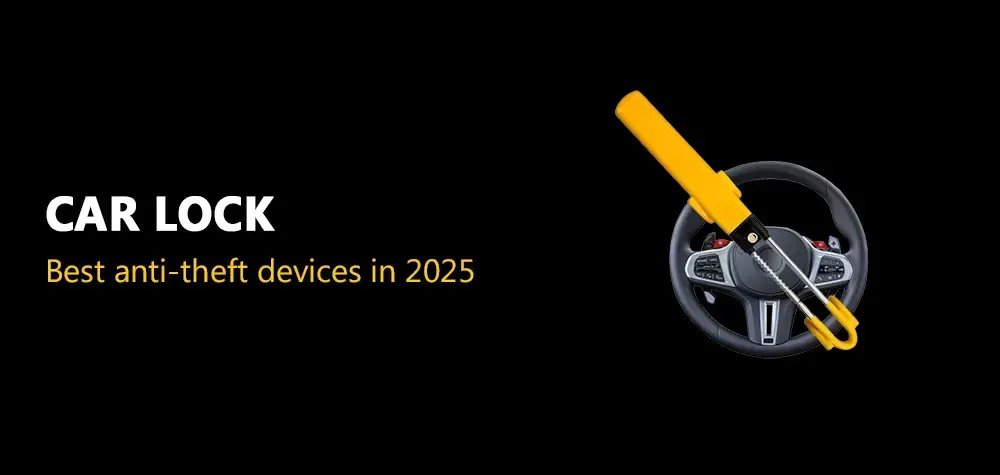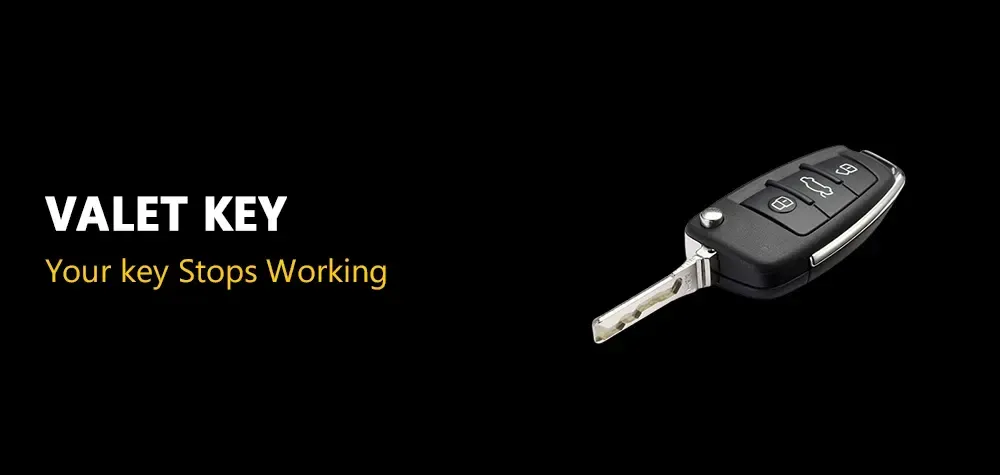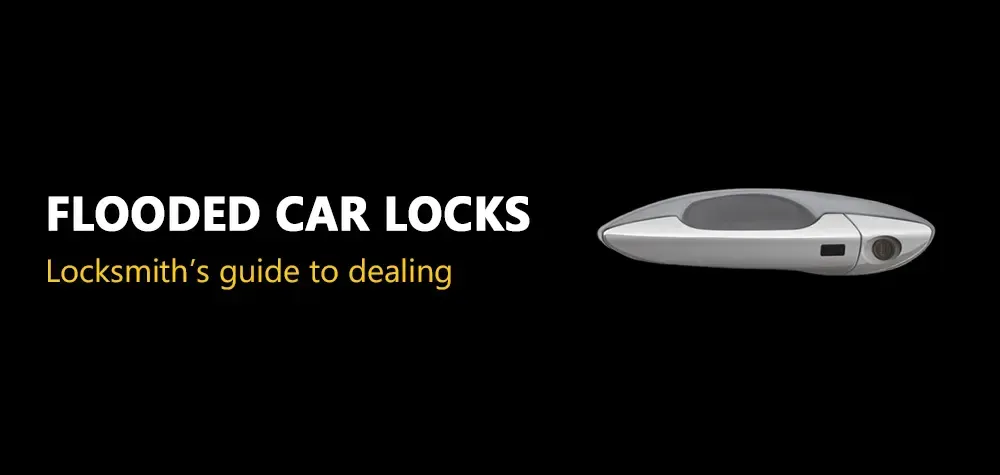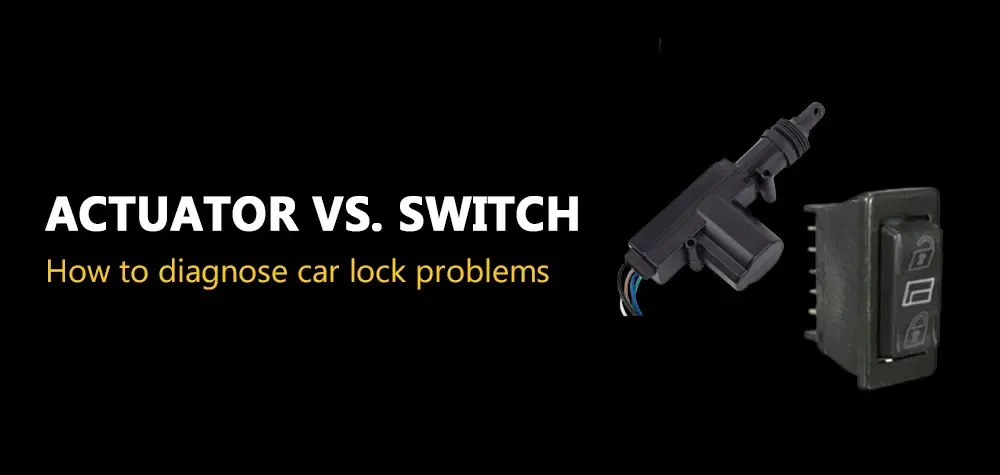Safe Lockout Situations: How to Handle Them
In the world of home or business security, few things are more frustrating than being locked out of your own safe. Whether you store valuable documents, cash, or personal items, a safe lockout can cause significant stress. Understanding the causes of lockouts and how to handle them effectively can help you avoid unnecessary anxiety and ensure your valuables remain protected.
What Causes Safe Lockouts?
A safe lockout happens when the user is unable to unlock the safe due to a failure of the lock mechanism or user error. Several factors contribute to lockouts, ranging from mechanical failures to human mistakes. Let’s dive into some of the common reasons for safe lockouts:
- Forgotten or Mistyped Combination
Entering the wrong combination repeatedly can trigger a lockout. Safes with electronic keypads often lock users out after several incorrect attempts as a security measure. - Lost or Misplaced Keys
Physical keys are easy to lose, and being locked out of a safe due to misplaced keys is one of the most common issues. - Damaged or Broken Keys
A bent or broken key may not work properly, or it could get stuck in the lock, leading to a lockout situation. - Drained or Dead Batteries
Safes with electronic keypads rely on batteries. If the batteries run out and there is no backup power source, you could be locked out. - Internal Lock Mechanism Failure
Over time, safes may suffer from internal wear and tear, causing the lock mechanism to malfunction and leading to a lockout. - Incorrect Reprogramming
If you've recently changed the combination or reprogrammed the safe, a mistake in the process could result in a lockout. - Blocked Safe Bolt
If the safe’s bolt is blocked due to misalignment or damage, even with the correct key or combination, the door may not open. - Tampered Lock or Forced Entry Attempts
Failed tampering or attempted break-ins can damage the lock, causing a lockout situation.
Examples of Safe Lockout Situations
Here are some common safe lockout scenarios and how they might unfold:
1. Lost Keys
Losing the key to a safe with a traditional lock means you’re left without a way to open it. This situation is especially tricky if you don’t have backup keys.
2. Forgotten Combination
Safes with a combination lock require you to remember the correct sequence of numbers. If you forget or mix up the numbers, the safe will remain locked.
3. Damaged or Bent Key
A damaged key may not insert properly into the lock, or it might break off, leaving part of it inside the lock.
4. Dead Battery in an Electronic Safe
If the batteries in your electronic keypad are dead, you won’t be able to input your code, locking you out.
5. Keypad Malfunction
Sometimes, electronic keypads fail due to moisture, electrical issues, or worn-out parts, preventing access even with the correct code.
6. Incorrectly Set New Combination
When reprogramming your safe’s combination, an error might leave you locked out if the new code isn’t set correctly.
7. Bolted Safe with Blocked Door
A misaligned bolt can prevent the door from opening, even if the combination or key works perfectly.
8. Lock Jammed After Failed Break-In
An attempted break-in may cause internal damage, jamming the lock and preventing legitimate access.
How to Handle a Safe Lockout
Being locked out of a safe can be stressful, but there are ways to resolve the issue without damaging the safe or compromising your valuables. Here’s a step-by-step guide on how to handle different types of safe lockouts:
1. Use Backup Keys
If you've misplaced your primary key, locate your backup key to regain access. Ensure that you store backup keys in a separate, secure place to avoid future lockouts.
2. Reset the Combination
For electronic safes, many manufacturers provide a factory reset option that allows you to regain access. You may need the original manual or a master code to perform the reset.
3. Replace the Batteries
If your electronic safe’s keypad is unresponsive, replace the batteries. Most safes have an external battery compartment or an emergency power input for such situations.
4. Use the Override Key
Many electronic safes come with an override key that allows you to unlock the safe in case of keypad failure or dead batteries. Keep the override key in a secure but accessible place.
5. Call the Manufacturer
If you're still unable to open the safe, contact the manufacturer. Many companies offer technical support and can guide you through unlocking the safe without causing damage.
6. Contact a Professional Locksmith
A licensed locksmith specializing in safes can open most types of safes without damaging them. This option may be necessary for high-security safes or complex lockout situations.
7. Avoid Forced Entry
While it may be tempting to force the safe open, doing so could cause permanent damage, void the warranty, and make the safe unusable in the future.
8. Check for Reset Tools or Master Codes
Some safes come with reset tools or master codes that you can use if the lock malfunctions. Check your manual for any such tools or instructions.
Potential Risks of Mishandling Safe Lockouts
If not handled properly, a safe lockout can escalate into a more significant problem. Mishandling the situation can lead to:
- Permanent Damage to the Safe Forcing the safe open or tampering with the lock can lead to irreparable damage, rendering the safe unusable.
- Voided Warranty Many safe manufacturers will void the warranty if the safe has been tampered with or forced open.
- Loss of Valuables In extreme cases, valuables could be damaged or lost if a lockout is mishandled.
- High Repair or Replacement Costs A damaged safe may require costly repairs or full replacement, adding to the frustration of a lockout situation.4
Preventive Measures to Avoid Safe Lockouts
To prevent future lockouts, consider the following best practices:
1. Keep Backup Keys in a Secure Location
Store backup keys in a separate, secure location away from the safe to ensure you can access them if necessary.
2. Regularly Replace Batteries
For electronic safes, replace the batteries every 6-12 months to avoid dead battery lockouts. Many safes will alert you when the battery is low.
3. Record Your Combination Securely
Store your combination in a secure location, or use a password manager to remember it digitally. Avoid writing it down where others can access it.
4. Service Your Safe Regularly
Like any mechanical device, safes need regular maintenance. Check the lock mechanism, bolts, and hinges to ensure they are in good working condition.
5. Recheck the Combination After Reprogramming
After resetting or changing the combination, double-check that it works correctly before closing the safe.
6. Test Your Safe Periodically
Regularly open and close the safe to ensure everything is functioning as expected.
FAQs
What is the best way to prevent safe lockouts?
To prevent lockouts, store backup keys securely, replace batteries regularly, and keep a record of your combination.
Can a locksmith open a locked safe?
Yes, a professional locksmith can usually open a locked safe without damaging it. Always contact a licensed locksmith to handle complex lockouts.
What should I do if my electronic safe’s battery dies?
Replace the batteries, and if that fails, use the override key. If neither works, contact the manufacturer for further assistance.
Are there any safes that don’t require keys or combinations?
Yes, biometric safes use fingerprint recognition and are a good option for those who want quick and keyless access.
By understanding the causes and solutions to safe lockouts, you can ensure that your valuables remain protected and minimize stress. Proper maintenance and preventive measures will help you avoid these frustrating situations, keeping your safe in optimal working condition for years to come.
Conclusion
Safe lockouts can be frustrating, but they are preventable and manageable with the right knowledge and preparation. By understanding the common causes, such as lost keys, forgotten combinations, or mechanical failures, you can better equip yourself to handle these situations effectively. Whether through the use of backup keys, battery replacements, or professional locksmith services, there are multiple solutions to regain access without causing damage to your safe.
Also Read
Call Us Any Time!









